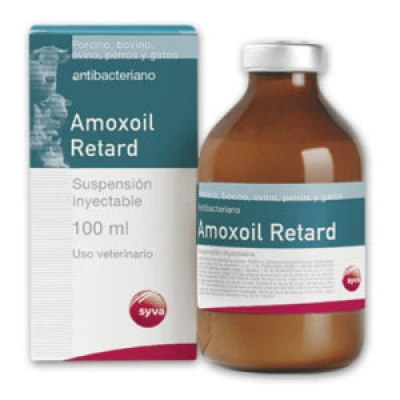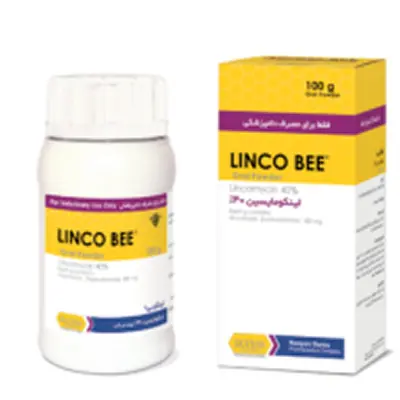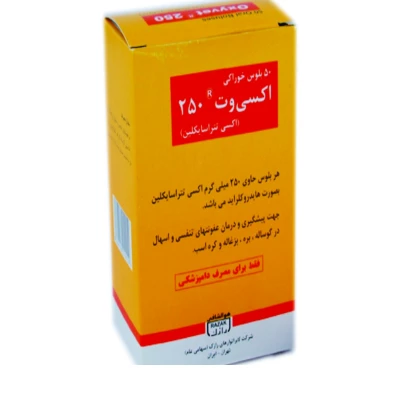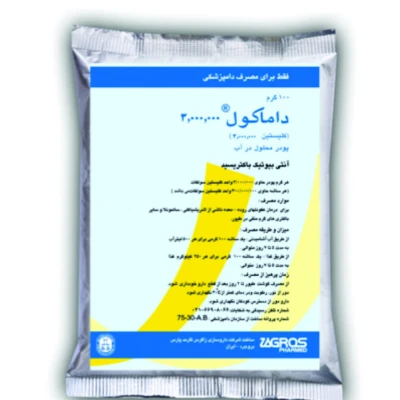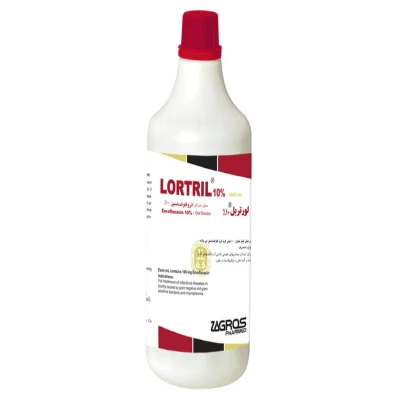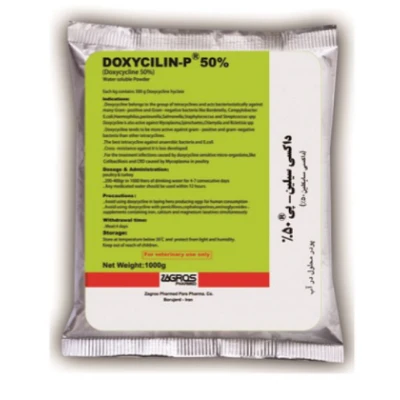
Packaging
00 ml vial

Compounds
150 mg/ml, a long-acting injectable veterinary antibiotic produced by Ceva Santé Animale (Spain).

Mechanism of the Effect
Amoxicillin exerts its bactericidal effect by inhibiting the transpeptidase enzyme, also known as penicillin-binding proteins (PBPs), which are essential for bacterial cell wall synthesis. By blocking the cross-linking of peptidoglycan chains, amoxicillin disrupts cell wall integrity, leading to osmotic imbalance, lysis, and bacterial death.
It is primarily effective against Gram-positive bacteria, and to a lesser extent, Gram-negative organisms that possess outer membranes rich in lipopolysaccharides and proteins.

Use case
Amoxicillin is indicated for the treatment of infections caused by amoxicillin-sensitive microorganisms in:
Cattle and Sheep:
Respiratory tract infections (e.g., pneumonia caused by Pasteurella multocida, Mannheimia haemolytica)
Urogenital infections (e.g., metritis, cystitis)
Skin and soft tissue infections (e.g., abscesses, wounds)
Alimentary tract infections (e.g., enteritis)
Dogs and Cats:
Respiratory infections (e.g., bronchitis, tonsillitis)
Urinary tract infections (e.g., cystitis, nephritis)
Skin infections (e.g., dermatitis, pyoderma)
Post-operative infection prevention
Common susceptible pathogens include: Escherichia coli, Staphylococcus spp., Streptococcus spp., Pasteurella spp., Proteus spp., Salmonella spp., and Klebsiella pneumoniae

The amount and how to use
Dosage: 15 mg amoxicillin per kg body weight → Equivalent to 1 ml per 10 kg body weight, administered intramuscularly
Shake well before use to ensure uniform suspension
Do not administer intravenously – strictly for intramuscular injection only

Caution
Contraindication – Animals with β-lactam Hypersensitivity
Do not administer amoxicillin (or any β-lactam antibiotic) to animals with known hypersensitivity to β-lactam compounds, including:
Penicillins (e.g., amoxicillin, ampicillin, penicillin G)
Cephalosporins
Carbapenems
Monobactams

Drug interference
1. Bacteriostatic Antibiotics
Avoid concurrent use with tetracyclines, chloramphenicol, and macrolides (e.g., erythromycin, tylosin), as they may antagonize the bactericidal effect of amoxicillin by inhibiting bacterial protein synthesis and slowing replication2.
2. Non-Steroidal Anti-Inflammatory Drugs (NSAIDs)
Drugs like flunixin and phenylbutazone may increase the risk of hypersensitivity reactions or renal stress when used alongside β-lactam antibiotics. Caution is advised, especially in dehydrated animals or those with compromised renal function.
3. Diuretics
Co-administration with diuretics (e.g., furosemide) may enhance nephrotoxicity or alter drug clearance, particularly in animals with pre-existing renal impairment.
4. Anticoagulants
Drugs like warfarin may have potentiated anticoagulant effects when used with amoxicillin, due to altered gut flora and vitamin K metabolism. Monitor coagulation parameters if used concurrently.

Maintenance conditions
Keep out of reach of children.
Store below 30°C, in a dry place, and protected from light.
